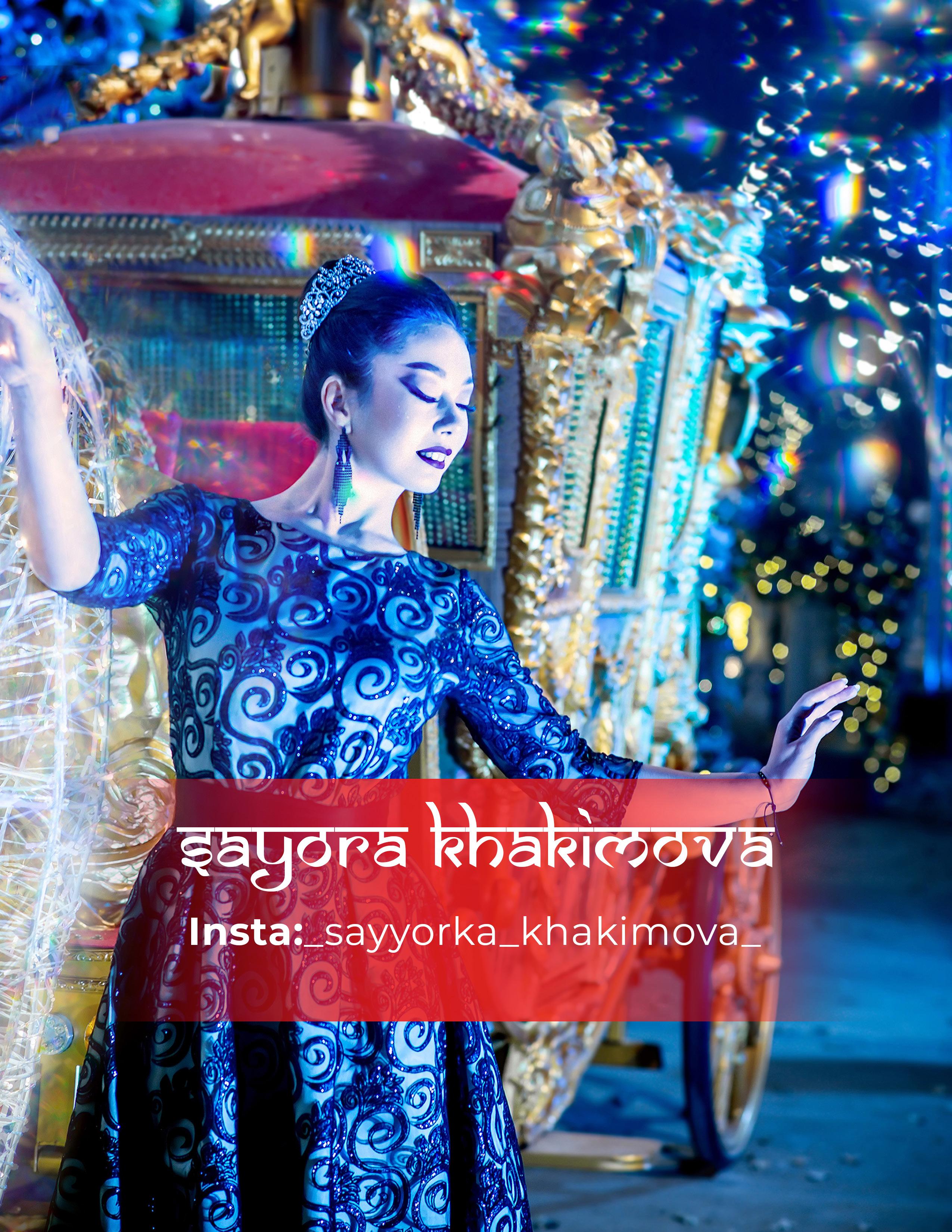
















6
18


28
46
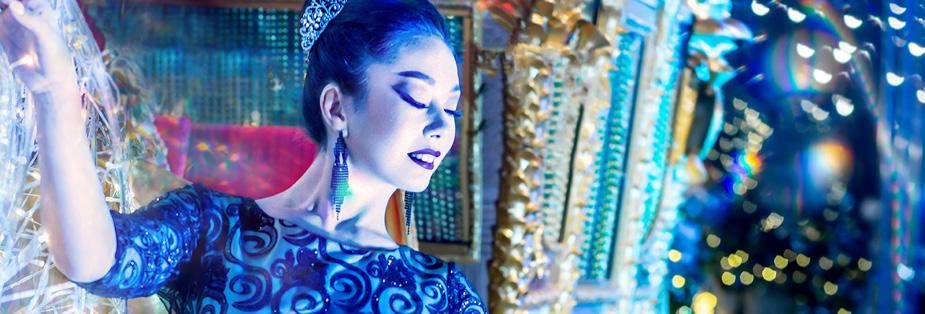
COVER MODEL: Chelsey Jeet
Insta: @chelseyjxoxo
Photographer: John Phillips
Insta: @jomp_photographics
Hair: Aliyaah Rahman
Hair: @hairby.aliyaah13
MODEL: MARY RAW MODEL
Insta: @maryraw_official
MODEL: Anastasia Dya
Insta: @dyamond_in_da_sky
Photographer: Gabriele Mansolillo
Insta: @alteregofoto
Wardrobe Stylist : Ronci Spose
BACK COVER MODEL: Sayora Khakimova
Insta: @_sayyorka_khakimova_
Photographer: Elina Leon
Insta: @elinaleon_art
Kashish, the Chief Editor of WMH India, has been working with the magazine for over an year, is a seasoned media professional with a passion for storytelling and journalism. As the Editor-in-Chief of WMH India, she brings a wealth of experience in leading editorial teams and driving creative content strategies. With an innate understanding of the Indian media landscape, she has played a pivotal role in shaping WMH India's vision and mission.

Dear Readers,
Welcome to the March 2024 edition of WMH India. This month, we're excited to feature Chelsey Jeet on our cover, symbolizing the seamless blend of tradition and modernity that Indian fashion embodies.
Our edition kicks off with an Editor's Letter, setting the stage for an exploration into the evolving landscape of Indian fashion, its global impact, and the innovative spirit driving its future. Chelsey Jeet, captured through the lens of our talented team, represents the forward-thinking yet deeply rooted aesthetic that defines our focus this month.
Highlighting the journey of Indian fashion in "The Evolution of Indian Fashion and Its Global Influence," we delve into how Indian designs have captivated the global stage, merging traditional craftsmanship with contemporary appeal. The article "The Craftsmanship Behind Indian Accessories" pays homage to the artisans whose meticulous work adorns the fashion world with unmatched elegance and intricacy.
Our feature on "Reviving Vintage" offers insights into integrating retro styles into modern wardrobes, promoting a unique blend of past and present in fashion choices. "Fashion Tech Innovations to Watch in 2024" anticipates the transformative impact of technology in fashion, from sustainability initiatives to digital wearables.
"The Renaissance of Handloom Fashion in India" underscores the resurgence of handloom textiles, celebrating their role in preserving heritage while championing sustainable fashion practices.
This issue, enriched with features on notable models like Mary Raw, Anastasia Dya, and culminating with Sayora Khakimova on the back cover, not only showcases the diversity and richness of Indian fashion but also its influence on global trends.
Join us in this edition as we traverse the vibrant world of Indian fashion, where tradition and innovation intersect to create something truly extraordinary.
Best Regards,
WMH India Team

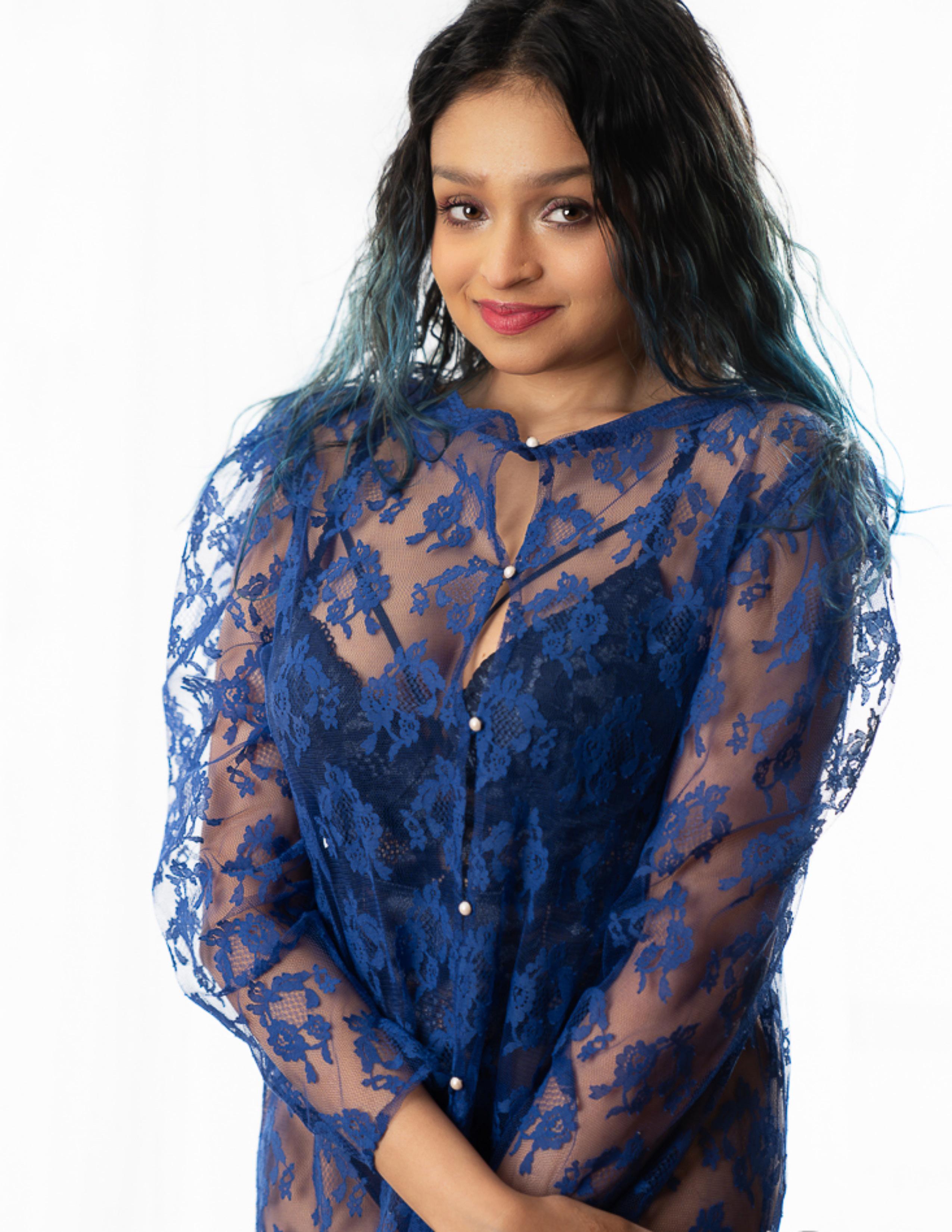
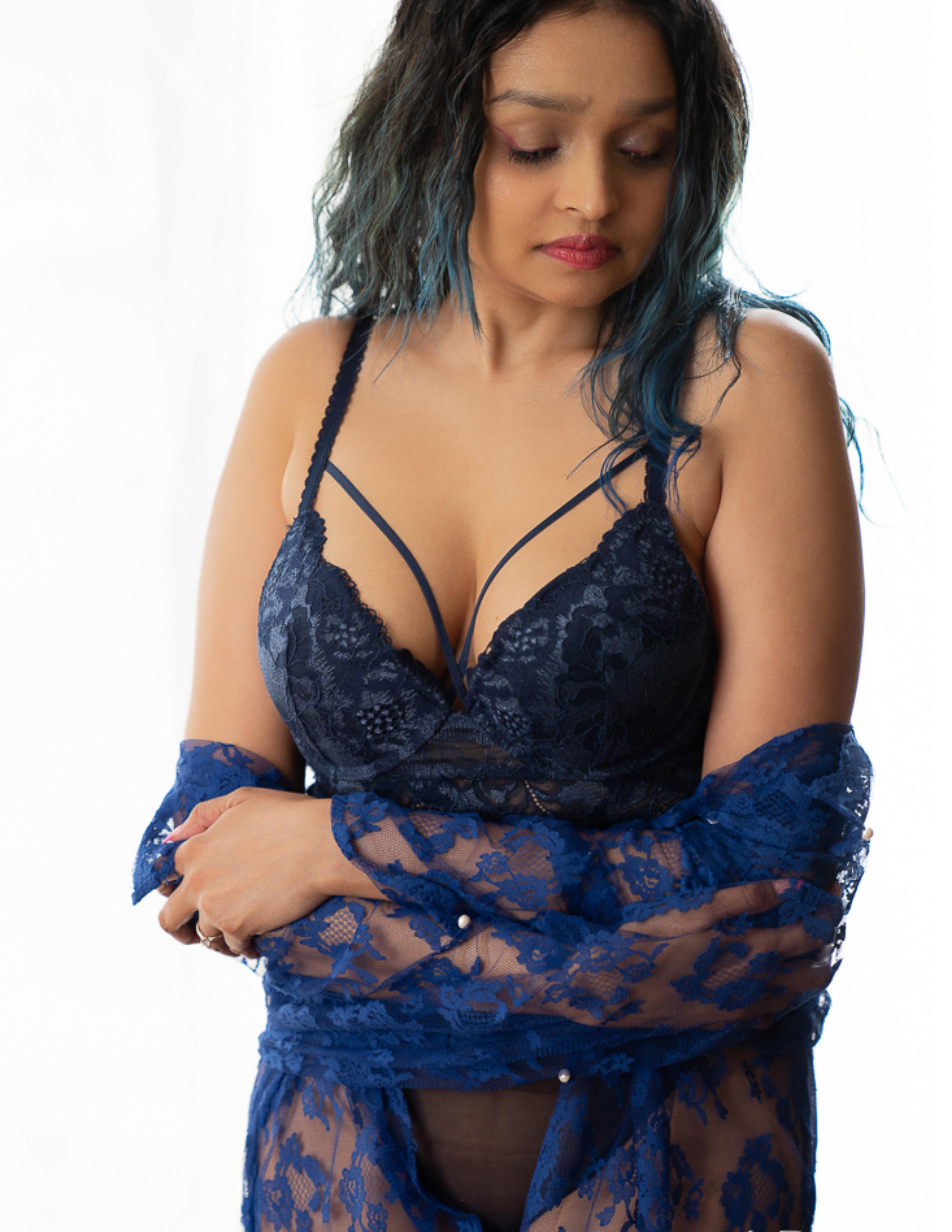



Indian fashion, a breathtaking blend of tradition and modernity, offers a mesmerizing showcase of the country’s vast cultural spectrum. This vibrant tapestry of designs, colors, and materials has carved a niche in
the global fashion arena, making it an emblem of India’s ever-evolving ethos.
• Traditional Attire: At the heart of Indian fashion lies its traditional wear. The saree, an epitome of
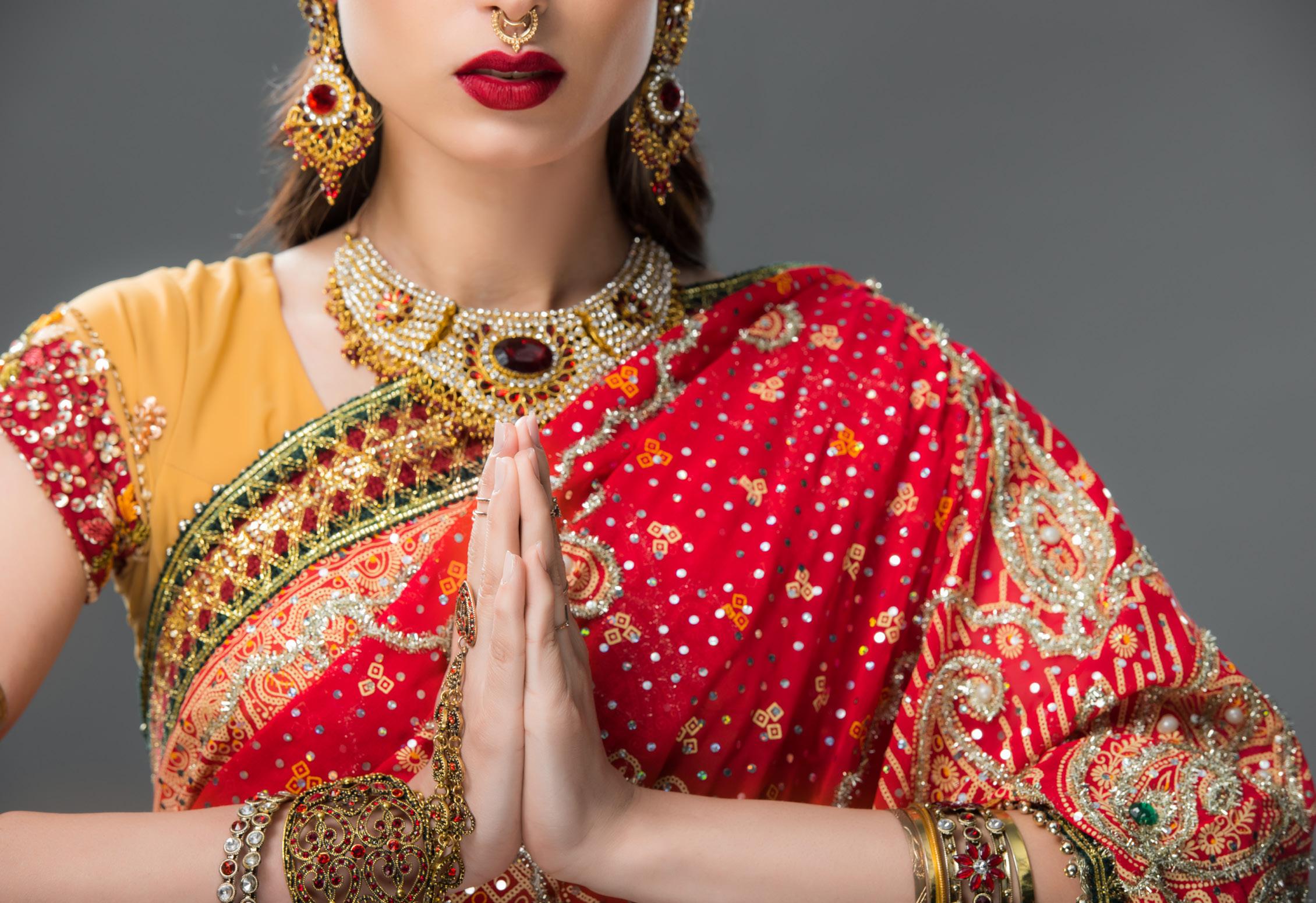

grace and culture, has been a fashion mainstay for centuries. Similarly, the versatility of the salwar kameez and the dignity of turbans and dhotis reflect India’s diverse sartorial preferences. From the intricate Phulkari embroidery of Punjab to the golden Kasavu of Kerala, regional variations add to the grandeur.

• Significance of Materials and Colors:
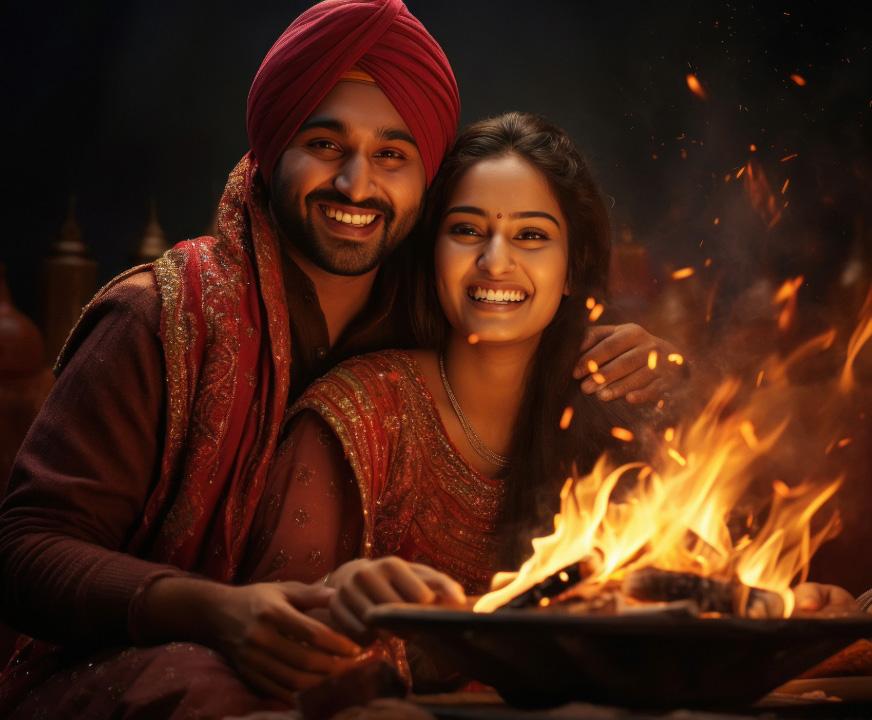
More than just clothing, Indian attire speaks of its land and lore. Materials like silk, cotton, and jute are intertwined with India’s agricultural history. The vibrancy of Indian fashion also comes from its colors – each with a profound symbolic meaning. For instance, the sanctity of white, used during mourning, contrasts with the auspicious red of weddings.
• Role of Festivals and Ceremonies: An Indian festival is a riot of colors and fashion. Celebrations like Diwali, Eid, and Durga Puja dictate the sartorial choices of millions, reiterating the blend of tradition and contemporary influences in daily wear.
• Bollywood’s Role: Bollywood’s influence on Indian fashion is unparalleled. The film industry, with its larger-than-life portrayals, has made elements like the Anarkali suit or the Mumtaz saree globally recognizable. Iconic films have not just set fashion trends in India but have made them desirable worldwide.
• International Embrace: Designers from the West have been enamored by Indian fashion. Elements such as intricate embroidery, block printing, and rich hues have found their way to international runways. Stars like

Chopra
Padukone wearing traditional Indian designs at global events have further propelled this influence.
• The Rise of IndoWestern Clothing: The melding of Western styles with Indian aesthetics has birthed the Indo-Western trend. This innovative fusion can be seen in sarees paired with blouses having Western cuts, or in the juxtaposition of traditional jewelry with Western outfits.
• Innovative Designs by Contemporary Designers: Modern

mavens like Masaba Gupta and Manish Malhotra are revolutionizing Indian fashion. Their designs, which embrace bold patterns and

unorthodox combinations, are reshaping how the world perceives Indian fashion.
• Influencer Impact: Social media platforms are pivotal in shaping fashion trends. Indian fashion influencers are not just showcasing the rich tapestry of Indian wear but are also merging it with global styles, creating a harmonious blend.
• Online Shopping Surge: E-commerce platforms like Myntra and Ajio have democratized fashion. They have bridged the gap between artisans in remote Indian villages and global consumers, offering a vast array of choices at a click.
Indian fashion’s journey mirrors the country’s own trajectory. As it stands at the crossroads of tradition and innovation, its influence on global fashion trends seems poised for an upward surge. With its rich heritage and adaptability, Indian fashion continues to inspire, surprise, and mesmerize.
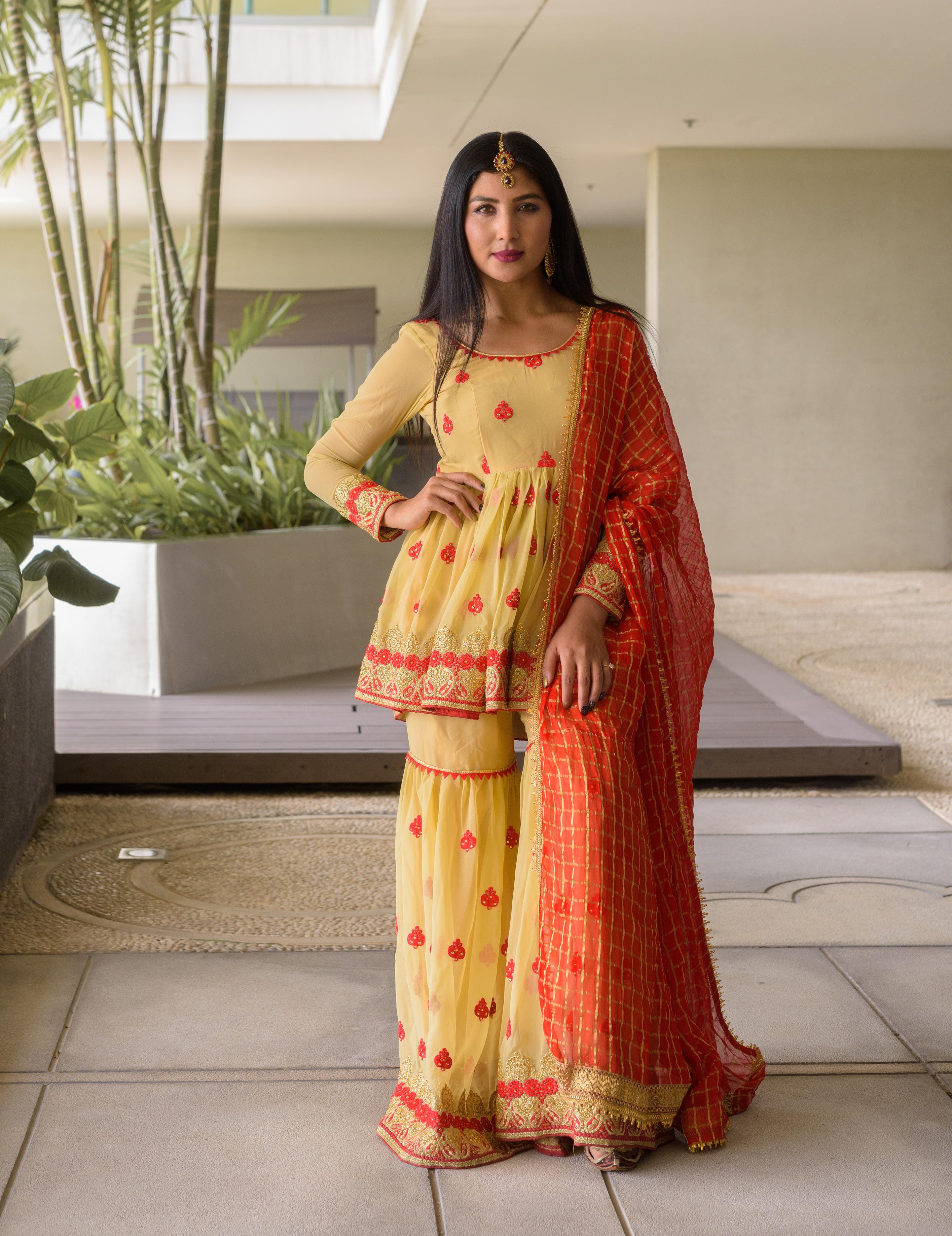






The world of fashion is vast and dynamic, filled with an array of colors, patterns, and styles. Among the myriad of fashion components, accessories have always held a special place, especially in the rich tapestry of Indian culture. At the heart of these intricate pieces lies an art form that has been perfected over centuries. The craftsmanship behind Indian accessories is not just about creating a piece of adornment; it’s about
weaving stories, traditions, and a rich history into every item.
India’s relationship with handcrafted accessories can be traced back to the Indus Valley Civilization. Archaeological findings from sites like Mohenjo-Daro and Harappa showcase


beads, bangles, and other jewelry items that display a high level of skill and artistry. As the eras changed, so did the styles, but the dedication to meticulous craftsmanship remained constant. It’s a testament to India’s enduring love for handcrafted beauty.
The diversity of India’s landscapes and resources has allowed artisans to experiment with a wide range of materials. Precious metals like gold and silver, gemstones like rubies, emeralds, and diamonds, and even earthy materials like terracotta, wood, and jute have found their place in the creation of exquisite accessories. The balance between opulence and simplicity in Indian accessories is a direct reflection of its vast cultural spectrum.

The techniques used to create Indian accessories have been passed down through generations, preserved in their most authentic form. Techniques like Meenakari (enameling), Kundan (gemstone setting), and Filigree (delicate metalwork) have been honed over centuries. Each region of India has its signature style and technique, making the range of accessories diverse and unique.
Indian accessories often carry deep symbolic meanings. They’re not just items of adornment but are also carriers of tradition, beliefs, and stories. For instance, the ‘Mangalsutra’ worn by married Hindu women symbolizes marital status and the bond between a husband and wife. Similarly, bangles, often crafted with delicate designs, are a sign of prosperity and well-being.

The importance of preserving and promoting the ancient art of Indian accessory craftsmanship cannot be stressed enough. Organizations and platforms like WMH India have played a pivotal role in highlighting the beauty and significance of these art forms. By featuring stories, artisans, and the intricate processes behind the creation of these accessories, WMH India has brought the spotlight back to the true stars of the show – the craftsmen and craftswomen.

Like all traditional arts, the craftsmanship behind Indian accessories faces challenges in modern times. Machine-made products, changing consumer preferences, and a lack of proper platforms for artisans are some of the hurdles. However, with the resurgence of interest in sustainable and authentic fashion, there’s hope. By educating consumers, collaborating with artisans, and innovating while preserving tradition, we can ensure that the legacy of Indian accessory craftsmanship thrives.
Indian accessory craftsmanship is not just about fashion; it’s about a legacy, a history that’s interwoven with stories, beliefs, and traditions. As we drape ourselves in these exquisite pieces, we don’t just wear an accessory; we wear a story, a tradition, a piece of India. With platforms like WMH India championing the cause, the artistry behind Indian accessories will continue to dazzle the world for generations to come.






In an era where fast fashion dominates, there’s a growing movement towards sustainability and timeless charm, leading many to revisit and embrace vintage styles. Incorporating retro elements into a modern wardrobe is not just an ode to the past; it’s a statement of individuality and an eco-friendly fashion choice. This guide explores how to
blend vintage and contemporary pieces, creating a look that’s both nostalgic and refreshingly modern.
The essence of vintage lies in its unique


statement pieces. Begin by selecting a few standout items, such as a 70s bohemian maxi dress, an 80s leather jacket, or a pair of 50s high-waisted trousers. These pieces serve as the focal point of your outfit, around which you can build a modern ensemble. Pairing a vintage dress with contemporary minimalist accessories, for example, can create a harmonious balance between old and new.
One of the joys of fashion is the freedom to experiment. Mixing eras is a bold way to incorporate vintage into your wardrobe, but it requires a thoughtful approach to maintain cohesion. Balance is key; combine a retro graphic tee from the 90s with modern slim-fit jeans and sneakers for a look that pays homage to

the past while staying grounded in the present. Keep color palettes and fabric textures in mind to ensure the outfit feels intentional and unified.
Accessories have the power to transform any look. Vintage accessories, such as a classic watch, a pair of cat-eye sunglasses, or a silk scarf, can instantly add a retro flair to a modern outfit. Conversely, adding contemporary accessories to a vintage dress or suit

can modernize the look. The trick is to choose accessories that complement rather than overwhelm the outfit, allowing each piece to shine.
One challenge with vintage clothing is ensuring a perfect fit, as sizing standards have evolved over the years. Tailoring is an invaluable tool for integrating vintage pieces into your wardrobe. A tailored fit can breathe new life into a retro garment, making it look contemporary and polished. Customization, such as adding modern buttons or altering hemlines, can also update a vintage piece while preserving its character.
The silhouettes and proportions of past decades often differ significantly from today’s styles. To incorporate vintage pieces seamlessly, pay attention to the overall silhouette of your outfit. Pairing a voluminous vintage blouse with sleek, modern trousers creates a balanced look that highlights the best of both worlds. Conversely, a fitted retro sweater can be

paired with contemporary wide-legged pants for a look that’s both chic and comfortable.
Styling techniques can make a significant difference in how vintage pieces are perceived. Layering, for example, can add depth and interest to an outfit, allowing you to blend different eras creatively. Modern styling, such as tucking in shirts, rolling up sleeves, or layering dresses over t-shirts, can also give vintage garments a fresh, contemporary feel.
Incorporating vintage styles into a modern wardrobe is an art that celebrates the past while embracing the present. It’s a sustainable approach to fashion that encourages creativity and individual expression. By carefully selecting statement pieces, mixing eras thoughtfully, and employing modern styling techniques, you can create a wardrobe that’s both timeless and personal, proving that style truly is eternal.
As we step into 2024, the fusion of fashion and technology is not just continuing; it’s accelerating. This year promises groundbreaking innovations that will redefine our relationship with clothing and accessories, making our wardrobe smarter, more sustainable, and uniquely personalized. Here are the fashion tech innovations to watch
in 2024, each poised to transform the industry and how we interact with fashion.
The realm of smart fabrics and


wearables is expanding beyond fitness trackers and smartwatches. In 2024, look for textiles that can change color based on temperature, mood, or even the wearer’s choice, directly from a smartphone app. Innovations in fabric technology are also leading to garments that can monitor health metrics, offering not just style but also insights into wellbeing.
Augmented reality is revolutionizing the shopping experience, making it more interactive and personalized. AR

fitting rooms allow consumers to try on clothes virtually, from the comfort of their homes, reducing the need for physical samples and contributing to sustainability. Brands are also using AR to create immersive shopping experiences, where customers can see how furniture looks in their home or how a piece of clothing fits without ever stepping into a store.
3D printing technology is set to disrupt the traditional manufacturing process, enabling on-demand production of clothing and accessories. This not only reduces waste but also allows for unprecedented customization. Consumers can expect to see more brands offering personalized options, from tailored fits to custom design elements, all made possible by 3D printing advancements.
Blockchain technology is being
increasingly adopted by fashion brands to ensure authenticity and transparency. From luxury brands combating counterfeits to sustainable labels proving the ethical sourcing of materials, blockchain provides a secure and immutable record. In 2024, this technology will become more mainstream, offering consumers

assurance about the origins and authenticity of their purchases.
Artificial intelligence is transforming the creative process, from design to trend forecasting. AI algorithms can analyze vast amounts of data to predict future trends, helping designers create collections that resonate with upcoming fashion movements. Furthermore, AI is being used to generate unique designs, pushing the boundaries of creativity and offering consumers bespoke fashion options that were previously unimaginable.
Sustainability continues to be a driving force in fashion tech, with innovations aimed at reducing the industry’s environmental impact. From biodegradable sneakers to clothing made from recycled ocean plastics, technology is enabling more sustainable fashion choices. Additionally, advancements in textile recycling technology are making it

easier to repurpose garments at the end of their life cycle, promoting a circular economy in fashion.
Virtual reality is taking the fashion show experience to new heights. In 2024, expect to see more brands hosting VR fashion shows, allowing attendees from around the world to experience runway presentations in a completely immersive environment. This not only democratizes access to highfashion events but also opens up new possibilities for showcasing creativity without geographical limitations.
The intersection of fashion and technology in 2024 is set to bring innovations that offer personalization, sustainability, and a deeper connection between the wearer and their wardrobe. As we navigate these advancements, the future of fashion looks promising, blending the best of style, functionality, and ethical practices. Stay tuned to witness how these technologies reshape the fashion landscape in the year ahead.
In recent years, India has witnessed a remarkable resurgence in the popularity and appreciation of handloom fashion. This revival is not just a trend but a renaissance, rekindling a deep-rooted connection with the country’s rich textile heritage. The handloom industry, with its intricate weaves, vibrant colors, and sustainable practices, has found a new
lease on life, appealing to a modern audience while preserving traditional craftsmanship. This renaissance is a testament to the timeless appeal of handloom fabrics and the growing consciousness among consumers about the value of sustainability and artisanal authenticity in fashion.



The integration of handloom textiles into contemporary fashion has played a pivotal role in this revival. Designers and brands are innovatively blending traditional weaves with modern designs, making handloom relevant to the urban consumer. From sarees and kurtas to dresses and accessories, handloom fabrics are being used to create outfits that cater to modern sensibilities while retaining their traditional essence. This fusion has not only elevated the status of handloom but has also made it a symbol of sophisticated, eco-conscious style.
The handloom renaissance in India is closely tied to the global shift towards sustainability and ethical fashion. Handloom textiles are inherently sustainable, requiring no electricity and minimal carbon footprint in their production. Moreover, they support the livelihoods of millions of weavers and artisans across the country. Consumers, increasingly aware of the environmental and social impact of their clothing
choices, are turning to handloom as a guilt-free, stylish alternative to fast fashion.
The revival of handloom fashion has significant cultural and economic implications. It has brought muchneeded attention to India’s diverse weaving traditions, from the ikats of Odisha and Andhra Pradesh to the jamdanis of West Bengal and

By popularising these fabrics, the fashion industry is helping preserve India’s intangible cultural heritage. Economically, the handloom revival has empowered rural artisans, providing them with a wider market and better income opportunities, thus contributing to the rural economy.
Despite its growing popularity, the handloom sector faces challenges, including competition from power looms, the risk of losing traditional skills, and issues of scalability and quality control. Addressing these challenges requires concerted efforts from the government, the fashion industry, and consumers. Initiatives aimed at improving weavers’ skills, introducing technological innovations for quality enhancement, and creating better marketing platforms can help sustain the handloom renaissance.

Social media and celebrity endorsements have played a crucial role in popularizing handloom fashion. Influencers and public figures wearing handloom garments at high-profile events have sparked interest and pride in traditional textiles among the youth. Social media platforms have allowed artisans and small brands to reach a global audience, showcasing the beauty and diversity of handloom textiles.
The renaissance of handloom fashion in India is a celebration of the country’s rich textile legacy, blending tradition with contemporary style. It reflects a growing consciousness among consumers about making ethical and sustainable fashion choices. As this movement gains momentum, it promises not only to preserve the ancient art of handloom weaving but also to pave the way for a more sustainable and equitable fashion industry. The revival of handloom is a testament to the enduring beauty and relevance of traditional textiles in the modern world.
